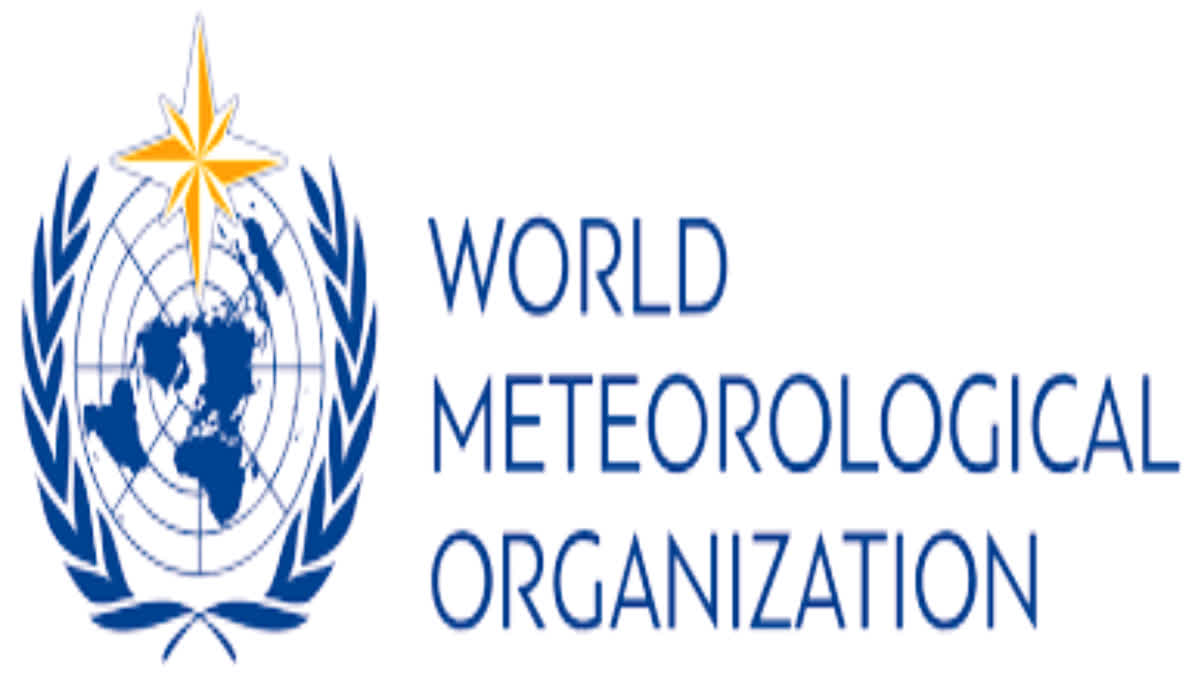Dubai: The year 2023 has shattered climate records, accompanied by extreme weather which has left a trail of devastation and despair, the World Meteorological Organisation (WMO) said in a report here on Thursday. Launched on the first day of the annual climate summit COP28, the WMO provisional State of the Global Climate report said that the data until the end of October shows that the year was about 1.40 degrees Celsius above the pre-industrial 1850-1900 baseline.
The difference between 2023, 2016 and 2020 - which were previously ranked as the warmest years - is such that the final two months are very unlikely to affect the ranking. Putting in perspective the figures concerning India, Mrutyunjay Mohapatra, Director General of Meteorology, India Meteorological Department, said that north India has registered a rapid surge in mercury compared to the southern parts.
As the sea surface temperatures soar, sea water tends to expand, causing the sea level to rise. Besides, with the ocean warming, glaciers or sea ice are melting at a faster pace, which is contributing much more to sea level rise than compared with sea water expansion. This poses a potential threat to all the coastal places across the world, including India, he said. Dr Akshay Deoras, Research Scientist at the National Centre for Atmospheric Science & Dept. of Meteorology, University of Reading, UK, said that for India, glacial melt is a big concern affecting snow cover as well as the strength of glaciers.
I am afraid, persistent glacial melt could possibly trigger more events like the Sikkim floods in 2023 and the Pakistan floods in 2022 in the near future, he said. The report noted that the past nine years, from 2015 to 2023, were the warmest on record. The warming El Nio event, which emerged during the Northern Hemisphere spring of 2023 and developed rapidly during summer, is likely to further fuel the heat in 2024 because El Nio typically has the greatest impact on global temperatures after it peaks.
Noting that decreased monsoon rainfall in southeast Asia is associated with El Nio, the report said the onset of the monsoon over Kerala occurred seven days later than normal. By the end of September, India received 94 per cent of its typical monsoon rainfall which was higher than normal rainfall totals observed along the lower course of the Indus River and in central India.
The report also showed that the rate of sea level rise from 2013-2022 is more than twice the rate of the first decade of the satellite record (1993-2002) because of continued ocean warming and melting of glaciers and ice sheets. The report also noted that the accumulated precipitation totals for the first nine months in 2023 were above the long-term average in East Asia, parts of northern Asia, and the western Indian summer monsoon region among others.
Greenhouse gas levels are record high. Global temperatures are record-high. Sea level rise is record high. Antarctic sea ice is record low. It's a deafening cacophony of broken records, said WMO Secretary-General Prof. Petteri Taalas. These are more than just statistics. We risk losing the race to save our glaciers and to rein in sea level rise. We cannot return to the climate of the 20th century, but we must act now to limit the risks of an increasingly inhospitable climate in this and the coming centuries, he said.
Carbon dioxide levels are 50 per cent higher than the pre-industrial era, trapping heat in the atmosphere. The long lifetime of CO2 means that temperatures will continue to rise for many years to come, the report said. The maximum Antarctic sea-ice extent for the year was the lowest on record, a full 1 million km2 (more than the size of France and Germany combined) less than the previous record low, at the end of the southern hemisphere winter.
The glaciers in North America and Europe once again suffered an extreme melt season. Swiss glaciers have lost about 10 per cent of their remaining volume in the past two years, according to the WMO report. The report showed the global reach of climate change. It provides a snapshot of socio-economic impacts, including on food security and population displacement.
This year we have seen communities around the world pounded by fires, floods and searing temperatures. Record global heat should send shivers down the spines of world leaders, said United Nations Secretary-General Antnio Guterres. In a video message accompanying WMO's climate report, Guterres urges leaders to commit to urgent action at the UN Climate Change negotiations, COP28.
There is still hope, he said.
We have the roadmap to limit the rise in global temperature to 1.5 C and avoid the worst of climate chaos. But we need leaders to fire the starting gun at COP28 on a race to keep the 1.5 degree limit alive: By setting clear expectations for the next round of climate action plans and committing to the partnerships and finance to make them possible; By committing to triple renewables and double energy efficiency; And committing to phase out fossil fuels, with a clear time frame aligned to the 1.5-degree limit, he said.
The WMO provisional State of the Global Climate report was published to inform negotiations at COP28 in Dubai. It combines input from National Meteorological and Hydrological Services, regional climate centres, UN partners and leading climate scientists. The temperature figures are a consolidation of six leading international datasets.



